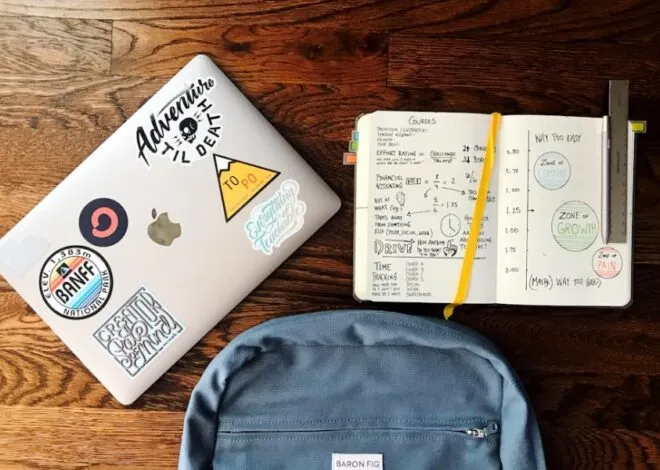‘Tis the season for testing our kids like there’s no tomorrow. As much as we complain about all the testing going on in schools these days, the truth is that when the H groundwork for good habits is set early on, students are more likely to experience success and increased motivation.
You can make a difference in your child’s academic performance now and in the future by trying some of the following tips:
Studying for Math
1. Use a Dry Erase Board – To practice for an upcoming test, write a few math problems on a small dry erase board. Kids love using dry erase boards and many prefer them over traditional pencil and paper. Try out different color markers; color increases attention, so don’t be afraid of using bold hues.
2. Play Beat the Clock – Print out math facts that need to be memorized for an upcoming test from websites such as www.math-worksheets-generator.com or www.superkids.com. These sites allow you to select specific areas to concentrate on such as multiplying with fours or addition of twos. Practicing one fact pattern at a time leads to quicker mastery. Jot down the time it takes your child to work through the page. During the next practice session, set the timer for that amount of time and say, “I bet you can’t beat the clock!” Keep decreasing the time as your child progresses to automaticity.
Studying for Spelling Tests
3. Try Rainbow Writing – Kids love Rainbow Writing for spelling words. Instead of writing the words over and over to practice, they trace the words with two or three different colored pencils. Using color helps kids to remember their spelling words on test day and this method is far more fun and interesting.
4. Play the Piano – Often, when children learn with a hands-on approach, they are better able to lodge the information into long-term storage. Instead of asking your child to spell out loud, tell them to play the words on the piano – not a real piano, but to pretend his fingers are the piano keys. For example, one difficult word for kids to spell is “because”. Have your child tap his right pinky on the table and say “b”, then tap his right ring finger, and say “e”, and so on. Encourage him to pause between syllables so that it sounds like “b-e-/ c-a-u-s-e.”
5. Make up Silly Sentences – Sometimes, common sight words don’t follow phonetic patterns. The word “friend” is one such example. Teach your child a silly sentence such as “Fri your friend to the end” to teach these tricky words.
Studying for Science and Social Studies
6. Utilize Acronyms – Researchers have found that using acronyms can help students improve their memory skills by connecting to-be-learned information to what the learner already knows. One common memory aide is HOMES, which is an acronym for the Great Lakes – Huron, Ontario, Michigan, Erie, and Superior. This strategy is flexible; it can be used with virtually any type of rote memorization. Once students are shown how to use this technique, they come up with all kinds of catchy acronyms to make retention easier.
7. Let Your Child Hold the Cards – If your child has flashcards that he needs to study, let him hold the cards and quiz you. Studies show that merely allowing the student to hold the cards and take on the role of the teacher increases time on task and retention of information.
8. Draw a Picture – Another easy way for a student to increase memory when using flashcards is to add a picture. By simply drawing a picture next to the to-be-learned term, the student is creating a mental image in his mind’s eye, which triggers the definition. For example, if the vocabulary word is “docile”, his drawing might be of his dog, who is good natured and easy to train.
9. Try Out a 3×5 Card – Encourage the use of a 3×5 card so that your child can quiz himself and review independently. When your child has a study guide or an old quiz from which to study, he should read the question, cover the answer with a 3×5 card, and try to recite the correct response. If he gets it right, he checks it off and goes to the next one. If it’s wrong, he practices a few more times until the information is down pat.
And Most Importantly…
10. Plan Ahead – Breaking down study time over a few days is far better and a lot less stressful than studying the night before. When your child has an upcoming test, help him break the study time into increments. Have him write these simple tasks in his planner or on your family calendar. For example, if there’s a science test on Friday, he may jot down “practice flashcards” on Wednesday and “review study guide” on Thursday.





